Alligator


Unlike many reptiles, which tend not to vocalize, alligators (and other crocodilians) produce a variety of sounds, including bellows, hisses, growls, and roars.
Bellows are deep, resonant vocalizations used primarily by males during mating season to attract females and establish territory. Hisses are defensive sounds emitted when threatened, while growls and roars can signal aggression or territorial disputes.
Young alligators communicate with high-pitched distress calls to alert their mothers to danger.
Bats
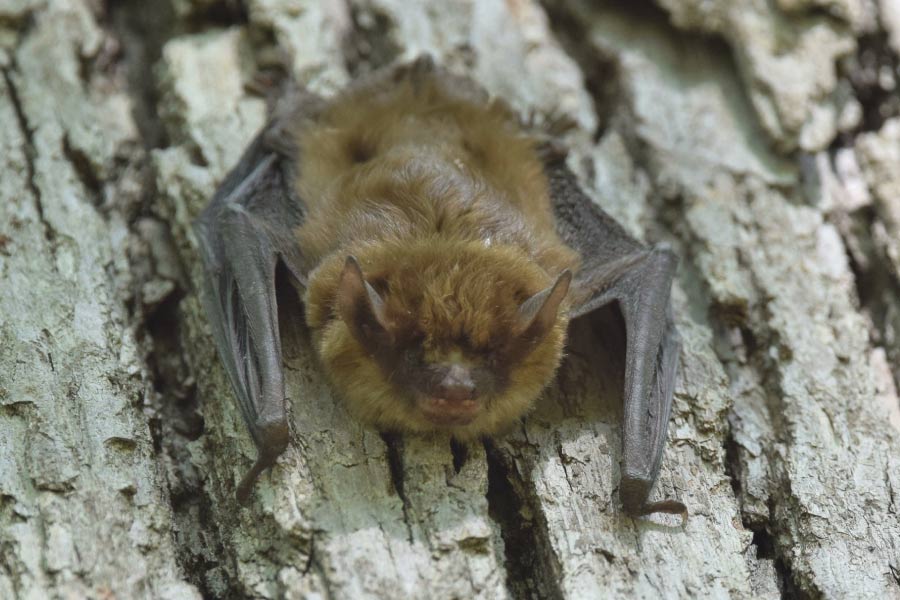

Bats produce a variety of noises, primarily using high-frequency echolocation calls to navigate and hunt for prey in the dark. These ultrasonic sounds, often beyond human hearing, bounce off objects and return as echoes, allowing bats to determine the location, size, and shape of objects around them.
Additionally, bats make social calls that include clicks, chirps, and screeches to communicate with each other, establish territory, find mates, and coordinate group behaviors. These social sounds vary between species and can be audible to humans.
Bear
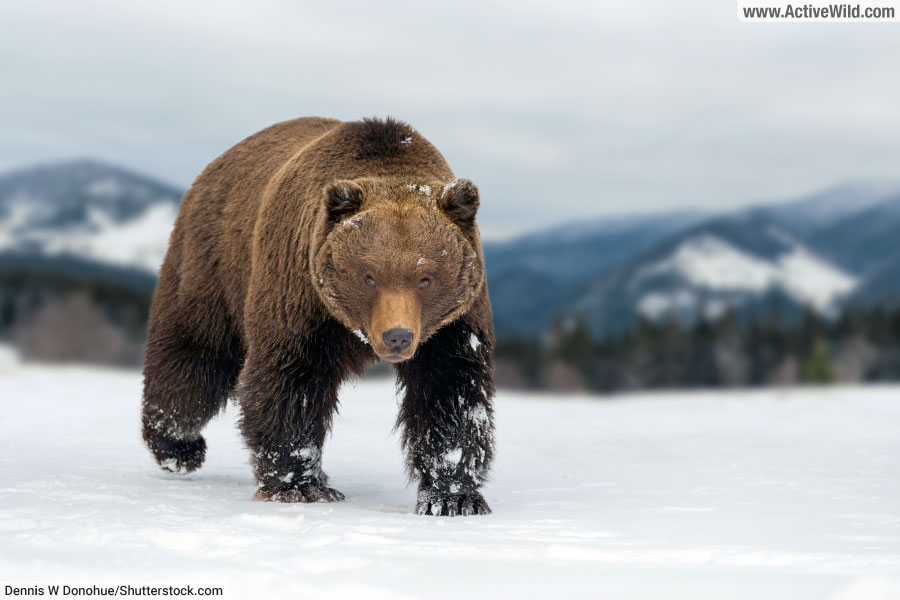

Bears produce a range of sounds, including growls, roars, huffs, and grunts, to communicate different messages.
Growls and roars are often used to signal aggression or dominance, especially during confrontations.
Huffing and puffing noises are typically associated with agitation or as a warning to potential threats.
Bears also make softer sounds like moans, whimpers, or grunts, which can indicate contentment, discomfort, or communication between mother bears and their cubs.
Birds
Birds produce a wide variety of sounds, including songs, calls, chirps, and tweets, each serving different purposes.
- Songs, often complex and melodious, are typically used by males to attract mates and establish territory. Spring is the best time of year to hear bird song, although some species sing all year round.
- Calls, which are usually shorter and simpler, help birds communicate warnings, locate each other, and coordinate group activities.
Geese


Geese are large, migratory waterfowl known for their long necks, webbed feet, and strong flying abilities. Their vocalizations include loud honks, calls, and cackles used for communication within the flock, coordination during flight, and signaling alarm or distress.
Indigo Bunting


The indigo bunting is a small, brightly colored songbird native to North America, known for the striking blue plumage of the male.
The song of an indigo bunting is a high-pitched, rapid series of musical notes, often described as a lively, cheerful warble. Males sing persistently during the breeding season to attract mates and establish territories.
Kookaburra


The laughing kookaburra is a large kingfisher native to eastern Australia, famous for its distinctive, loud call that resembles human laughter. Its vocalizations are a series of loud, cackling “laughs” that start with a chuckle and escalate into a full, raucous chorus, often used to establish territory and communicate with family members.
The kookaburra’s calls are typically heard at dawn and dusk, earning the bird the nickname “bushman’s alarm clock.”
Lyrebird
The lyrebird is responsible for producing some of the world’s most amazing animal sounds. This ground-dwelling bird, native to Australia, is renowned for its extraordinary ability to mimic natural and artificial sounds from its environment.
The bird’s vocalizations include a complex array of imitations, such as other bird calls, camera shutters, chainsaws, and even car alarms, woven into a melodious and intricate song. Male lyrebirds use these impressive vocal performances, along with elaborate tail displays, to attract mates.
Owls


Owls are nocturnal birds of prey found worldwide, known for their distinctive facial discs, large eyes, and silent flight. Their vocalizations vary widely among species, including hoots, screeches, whistles, and barks, which serve purposes such as territory establishment, mating calls, and communication between mates or family members.
The most iconic owl sound is the hoot, commonly associated with species such as the great horned owl of the Americas and the tawny owl of Europe.
Woodpeckers
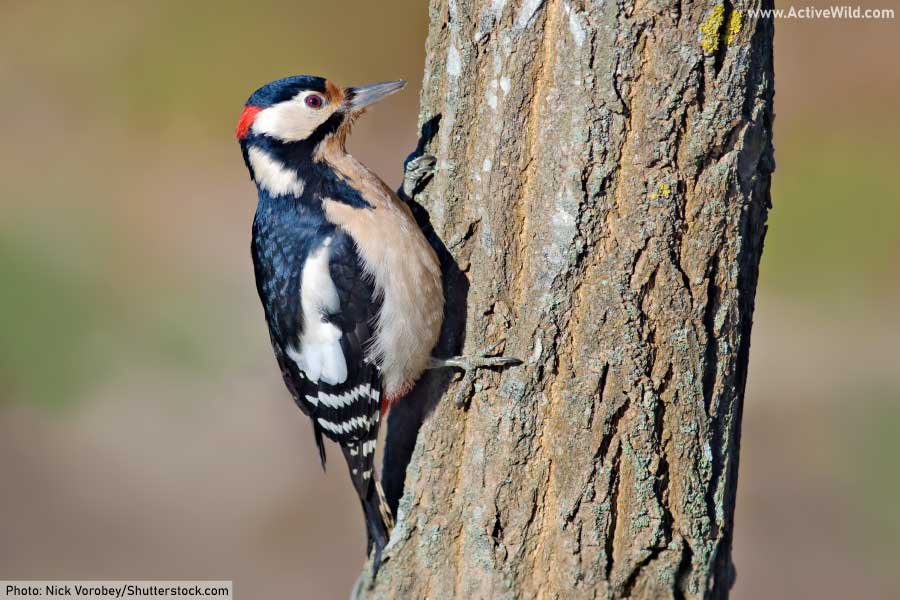

Woodpeckers are a family (Picidae) of forest and woodland birds found on all continents except Australia and Antarctica. Woodpeckers use their long, strong beaks not only to dig nesting holes and forage for insects, but also to communicate, rapidly striking trees to create the characteristic “drumming” sound.
Cicadas
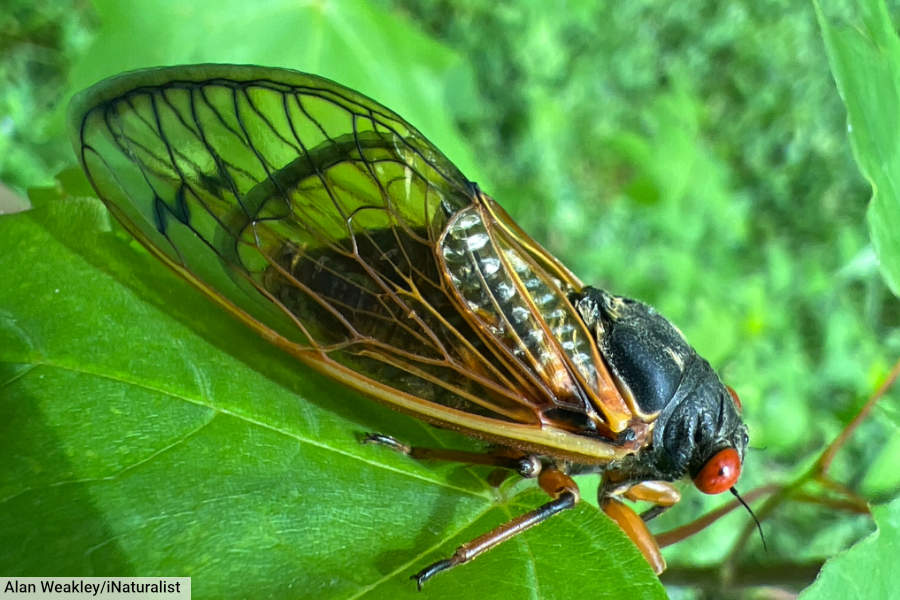

Cicadas are insects known for their prominent eyes, transparent wings, and periodic emergence in large numbers, particularly in temperate regions. Their vocalizations, produced by males using specialized structures called tymbals, are loud, rhythmic, buzzing or clicking sounds used to attract females.
Crickets


Crickets are insects in the order Orthoptera, which is also home to grasshoppers and locusts). Crickets are known for their long antennae and jumping hind legs, commonly found in grasslands, forests, and gardens. Their characteristic chirping sounds are produced by males rubbing their forewings together in a process called stridulation.
Elephants


Elephants produce a variety of vocalizations, including trumpets, rumbles, roars, and low-frequency infrasound calls that can travel long distances to communicate with other elephants.
Additionally, elephants use non-vocal sounds such as ear flapping, trunk slaps, and foot stomping to convey emotions and signal alarm or aggression.
Elk
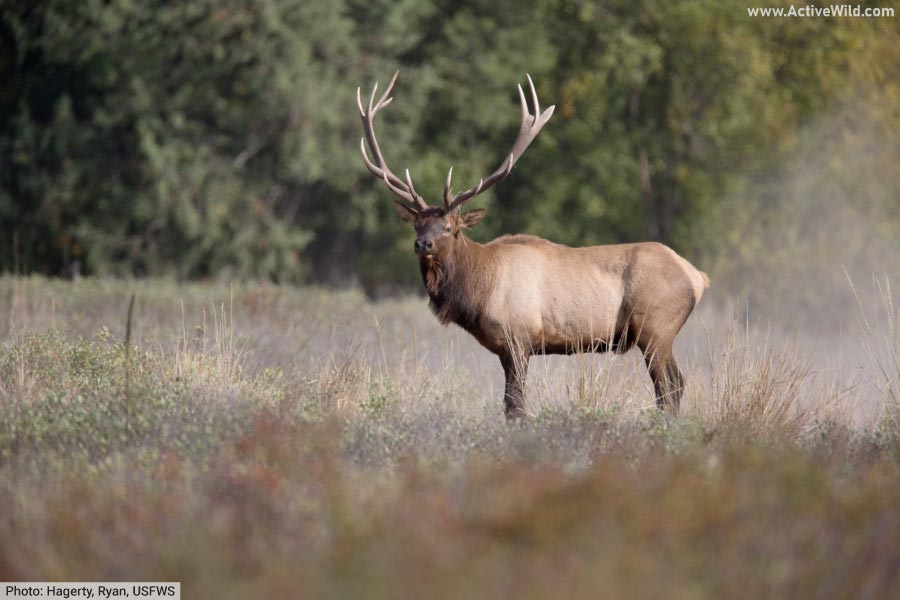

The elk is a large member of the deer family found in North America and parts of Asia, known for its impressive antlers and herding behavior.
The elk’s vocalizations include loud, high-pitched bugles produced by males (bulls) during the rut to attract females and assert dominance, along with various grunts, barks, and mews used for communication within the herd.
Frogs


Frogs are amphibians of order Anura, characterized by their smooth, moist skin, tail-less bodies, long legs for jumping, and life cycle that includes both aquatic and terrestrial stages. Their vocalizations, typically croaks, ribbits, and trills, are primarily used by males to attract mates, establish territory, and communicate with other frogs.
Chorus frogs are a group (the genus Pseudacris) of small frogs found in North America amphibian known for the loud, musical calls made by large groups of males during the breeding season.
Gibbons
Gibbons are small, agile apes native to the forests of Southeast Asia, known for their long arms and acrobatic brachiation through trees. Their vocalizations, including complex, melodious songs and loud calls, are used to establish territory, strengthen pair bonds, and communicate with family members across long distances.
Howler Monkey
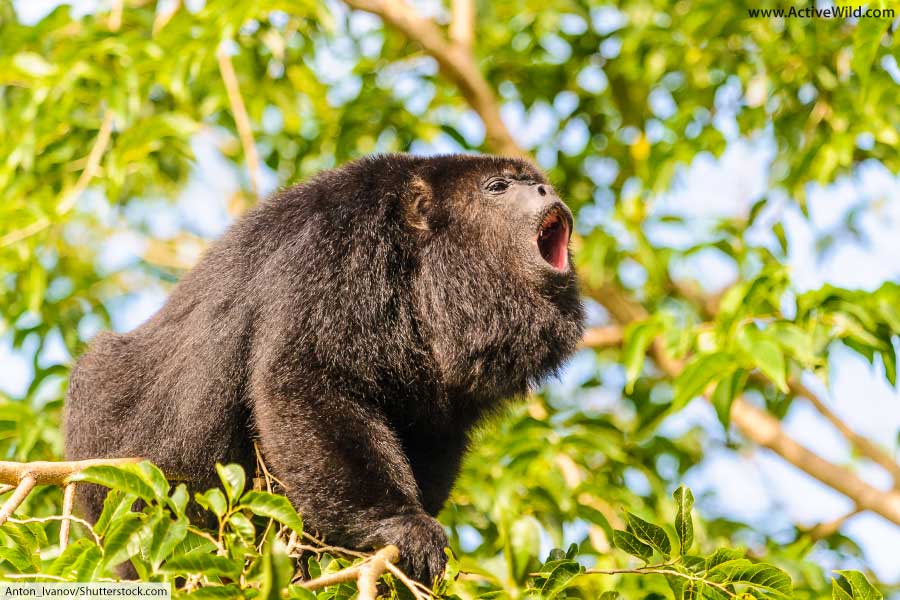

Howler monkeys are large New World monkeys found in the forests of Central and South America, recognized for their prehensile tails and dense, shaggy fur.
The monkeys’ vocalizations, particularly their deep, resonant howls, are among the loudest of any land animal and are used to mark territory, communicate with group members, and deter rival groups.
Killer Whale


The killer whale, or orca, is a large, highly intelligent marine mammal found in oceans worldwide, known for its distinctive black-and-white coloring and complex social structures.
This marine mammal’s vocalizations include clicks, whistles, and pulsed calls used for communication, echolocation, and coordinating hunting strategies within its pod.
Lion
The lion is the second-largest member of the cat family, Felidae (the largest is the tiger). This powerful carnivore is native to Africa and parts of Asia, and known for its social pride structure and the majestic mane of the male.
Vocalizations produced by lions include roars, growls, grunts, and purrs, with the iconic roar used to communicate territory, assert dominance, and coordinate with pride members over long distances.
Rattlesnake
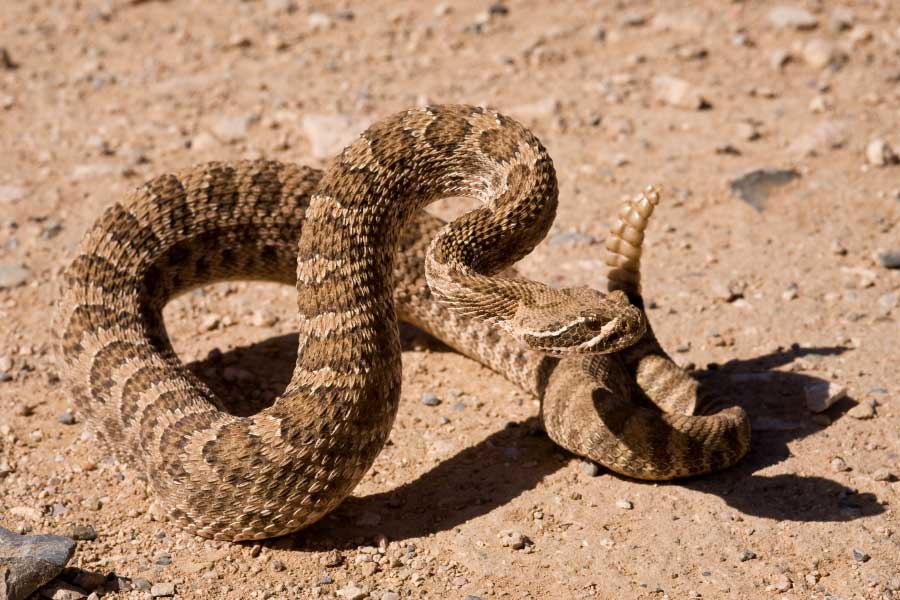

Rattlesnakes are venomous snakes native to the Americas, known for the distinctive rattle at the end of their tails. This rattle produces a sharp, buzzing sound when vibrated, serving as a warning to potential predators or threats.
Tiger
The tiger is a large, powerful carnivore native to Asia, known for its striking orange coat with black stripes and solitary nature. Its vocalizations include roars, growls, chuffs, and hisses, with the roar being used to communicate over long distances, establish territory, and intimidate rivals.
Whales (Humpback Whale)


Whales are large marine mammals found in oceans worldwide, known for their impressive size, intelligence, and diverse species ranging from the massive blue whale to the agile dolphin. Their sounds, which include clicks, whistles, and complex songs, are used for communication, navigation, and echolocation, often traveling vast distances underwater.
The humpback whale is a large baleen whale known for its acrobatic breaches and long pectoral fins, found in oceans around the world. Its vocalizations include complex, haunting songs composed of moans, howls, and cries, primarily produced by males during the breeding season to attract mates and communicate with other whales.
Wolf
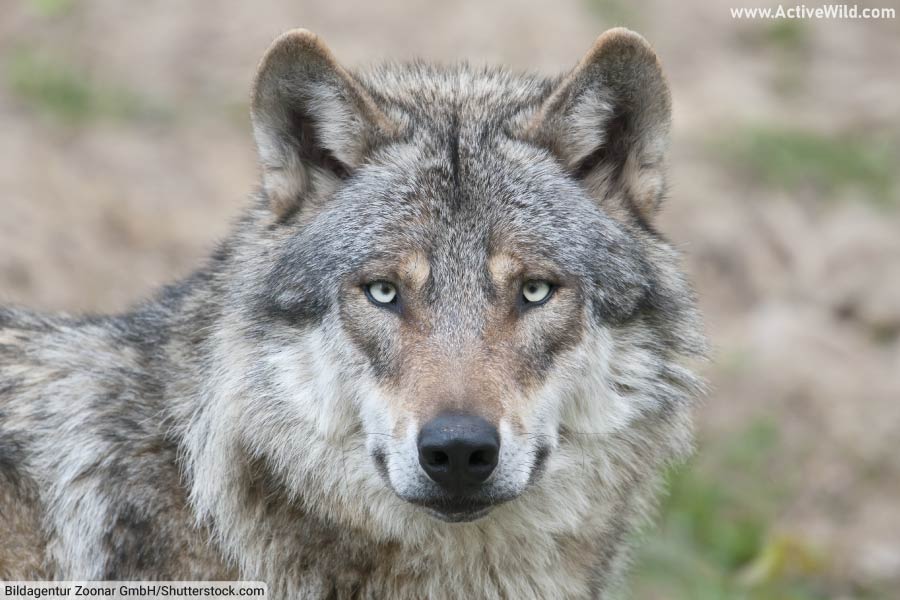

The wolf is the largest wild member of the dog family, Canidae (some domestic dog breeds are larger). It is native to various regions across the Northern Hemisphere, and is known for its pack behavior and role as a top predator.
The wolf is known for its characteristic howl, which is one of the best-known of all animal sounds. Howls are used for long-distance communication, coordinating pack activities, and establishing territory. Other vocalizations made by wolves include barks, growls, and whines.

